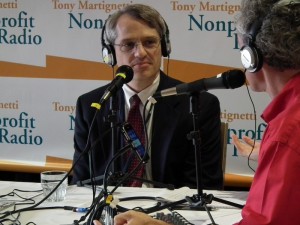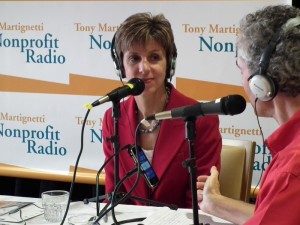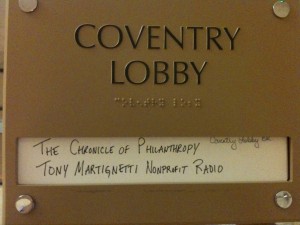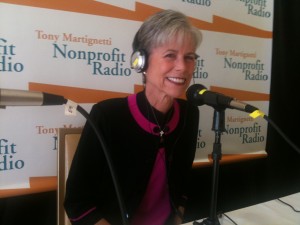I have left the National Conference on Philanthropic Planning to attend and speak at a seminar in New York City today. NCPP in Lake Buena Vista, Florida continues through today.
Yesterday, I interviewed Reynolds Cafferata, Esq. with the law firm of Rodriguez, Horii, Choi & Cafferata in Los Angeles. That’s a tax firm representing nonprofits and their donors (but not in the same transactions–that’d be a conflict, without a waiver).
He had a great attitude about getting behind the podcast mic. Essentially, “I’m here, I’m ready, let’s go.” Not your typical circumspect, practicing attorney.

Donors and their families might do this to pass to heirs the value of philanthropy; or because a certain charity or group of charities has been enormously meaningful; or, simply to give back to society and help those in need.
The “legal structures” we discussed are corporations, foundations and trusts. You’ll have to catch the interview for more on those, but we didn’t go into great detail on these vehicles. I wanted to pursue another line.
His firm represents individuals giving to nonprofits, and I was interested in what he’s seen in nonprofits overreaching with donors. His quick answer was the legally enforceable, or binding, pledge agreement. He sees these too often and holds that they bring little or no value to charities and can be detrimental to donors.
Reynolds’ seminar was yesterday afternoon, but you can hear my interview on Tony Martignetti Nonprofit Radio. Sign up for show alerts on the Facebook page and you’ll know which show it’ll play on.




